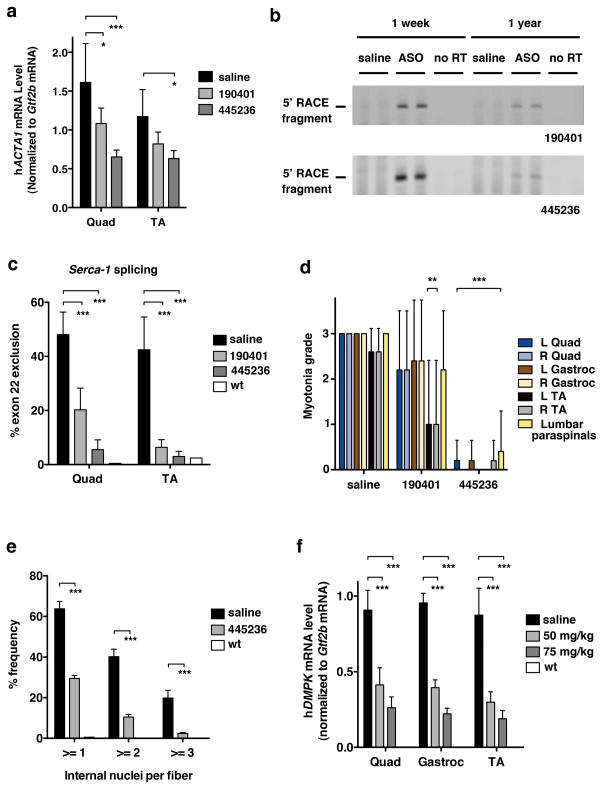Figure 4. Duration of ASO activity and in vivo targeting of human DMPK.
(a-e) Two month-old HSALR mice received saline or indicated ASO by subcutaneous injection of 25 mg/kg twice weekly for 4 weeks (n = 5 each ASO, n = 6 saline). Tissues were isolated 1 year after the final dose. a, qRT-PCR analysis of HSALR transgene mRNA (± SD), normalized to the housekeeping gene Gtf2b mRNA. Results were similar when normalized to total RNA input. * P < 0.05; *** P < 0.0001 ASO- vs. saline-treated Quad or TA muscle (2-way ANOVA). b, 5′ rapid amplification of cDNA ends (RACE) was performed on muscle RNA obtained 1 week or 1 year after discontinuation of ASO 190401 (upper) or 445236 (lower). PCR products labeled “5′ RACE fragment” migrated at the expected position for ASO-RNase H cleavage products, and were confirmed by DNA sequencing. “No RT” = no reverse transcriptase. c, Quantitation of Serca-1 splicing (± SD). *** P < 0.0001 ASO- vs. saline-treated muscle (2-way ANOVA). “wt” = representative FVB/n wild-type. d, Myotonia graded by a blinded examiner (± SD). ** P < 0.001; *** P < 0.0001 ASO- vs. saline-treated muscle (2-way ANOVA). e, After prolonged knockdown of toxic RNA, the number of internal nuclei per muscle fiber (± SD) was determined by histologic analysis (age 14 months). (n = 4 ASO 445236; n = 3 saline). “WT” = untreated 3 month-old FVB/n wild-type control. *** P < 0.0001 ASO vs. saline-treated (2-way ANOVA). f, DM328XL mice received subcutaneous injections of saline or ASO 445569 targeting the 3′ UTR of hDMPK. The ASO dose was 50 or 75 mg/kg twice weekly for 4 weeks (n = 5 low dose; n = 4 high dose; n = 2 saline). Tissues were isolated 2 days after the final dose. Dose-dependent reduction of hDMPK (± SD) normalized to housekeeping gene Gtf2b mRNA. Note that hDMPK mRNA was undetectable in wild-type mice. “wt” = untreated wild-type littermates of DM328XL transgenic mice (n = 2).

